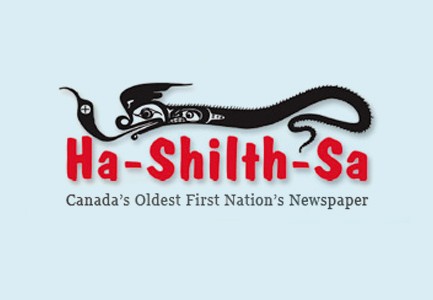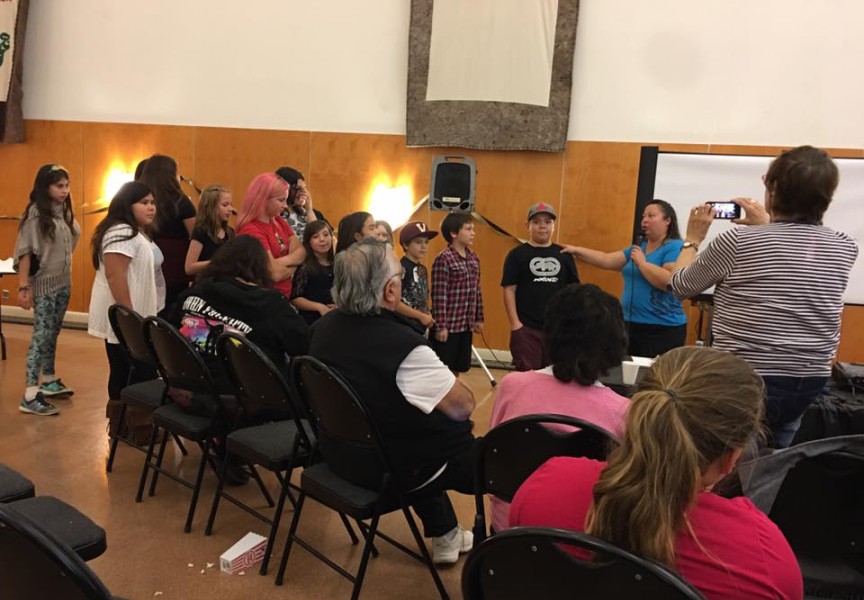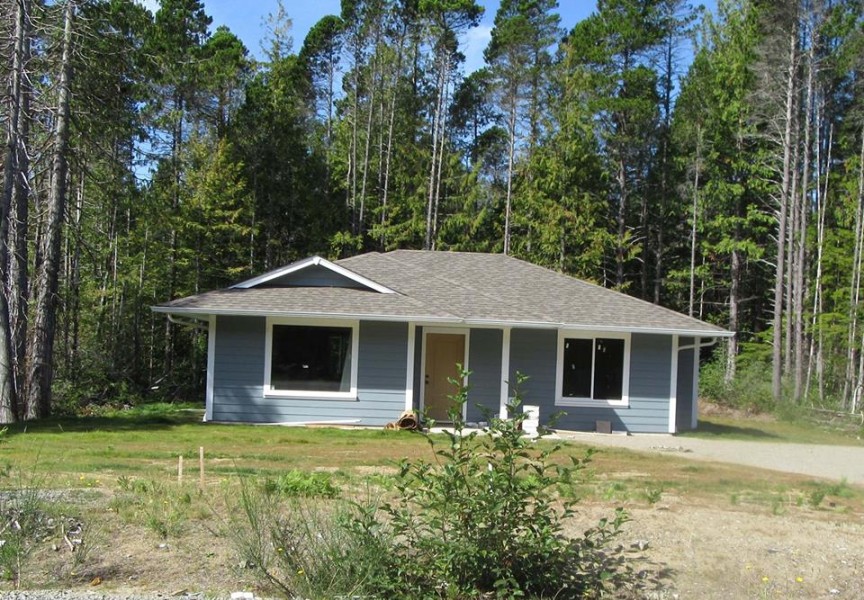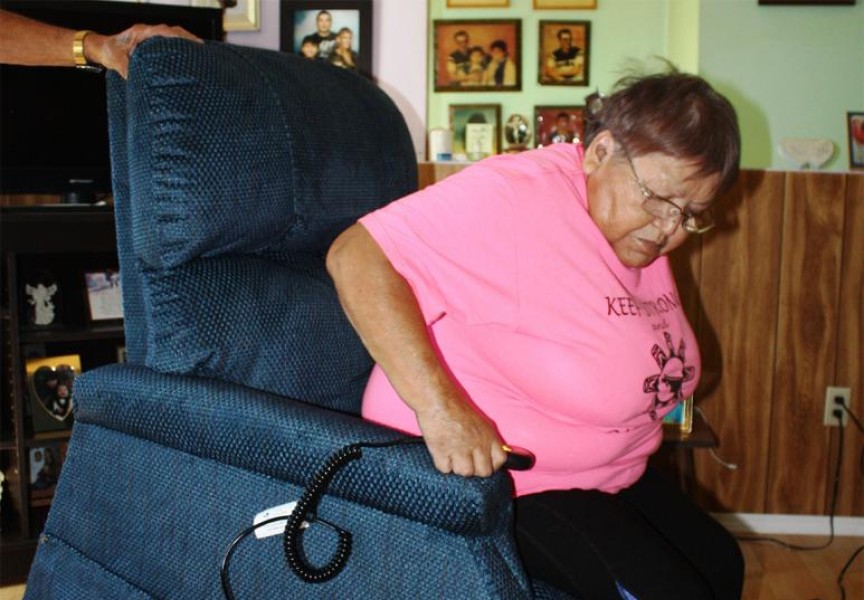On Sept. 9, a broken valve between tailings ponds at the New Afton gold and copper mine resulted in a spill of mine slurry into the environment at Kamloops. A pump failure at Nyrstar Myra Falls mine at Strathcona Park on Sept. 7 saw an acidic spill into Myra Creek.
A Sept. 4th inspection of the Mount Polley gold and copper mining facility discovered it was still discharging effluent into the environment after a massive tailings pond breach in August. The breach sent millions of cubic metres of toxic sludge into lakes, creeks and rivers in the Cariboo region of central B.C.
It’s hardly a wonder that Tla-o-qui-aht First Nation is concerned about such incidents and seeking a mining ban on its traditional territories.
Tla-o-qui-aht has been fighting this kind of development for many years, and remains adamantly opposed to mining in its ha’houlthee.
A number of years ago, Imperial Metals, the mining company responsible for the Mount Polley breach, approached the Nation about expanding an old gold mine in Tranquil Valley at a place called Onadsilth-Eelseuklis, otherwise known as Fandora, said Terry Dorward, Tla-o-qui-aht elected councillor and Tribal Park guardian.
After listening to the company's "song and dance" about the project, the nation sought to learn more about how metals would be extracted from the area. When the community learned about the toxic chemicals involved and the use of tailings pond facilities the hereditary chiefs decided it wasn’t a very good idea to have that kind of resource development in the area, Dorward explained.
They were doubtful about the company’s ability to manage a tailings pond in an area that gets more than three metres of rain every year. (On Sept. 9, the B.C. government issued an advisory about the Mount Polley tailings pond, concerned that future rain events would trigger further discharges.)
“We told the company that we weren’t interested,” Dorward said.
Despite being waved off by Tla-o-qui-aht, Imperial Metals continued with its environmental assessment and taking samples. It prompted Tla-o-qui-aht to remove the workers from the area.
Out they went by helicopter, but that’s not the end of the story. Last year Imperial Metals was granted a permit to conduct drilling, which prompted a political response from the Nation, calling on a meeting with government. So far, that meeting hasn’t happened. So Tla-o-qui-aht lives with the fear that Imperial Metals’ workers will be back.
“We can’t lose sight of it.” Though there has been no plan expressed for the area in 2014, that doesn’t mean they won’t be back in 2015," Dorward told Ha-Shilth-Sa. Even Imperial Metals’ stock price plummet after the Mount Polley spill doesn’t relieve the worry that the company will start up a project in Tla-o-qui-aht territory.
“The company owes millions and millions for the mistakes they have made,” said Dorward. They will have to recoup those losses somewhere.
Tla-o-qui-aht has developed a Green Energy strategy for its territory. Its own economic development activity with run-of-river hydro-electric projects is done with sensitivity and caring for the environment, particularly the fish bearing streams.
When the Mount Polley tailings pond breach occurred, Tla-o-qui-aht was alarmed.
“It only reinforced our position,” said Dorward.
“A mine is not in anyone’s best interest,” said elected councillor Elmer Frank in a press statement released after the Mount Polley breach. “Our Ha’wiih certainly don’t intend to let Imperial Metals, or any company they may sell their rights to, come here and do any mining activity.”
Dorward said the Nation will monitor the company and, if necessary, meet them again on the mountain and drive them out. It’s like what then chief councillor Moses Martin said when MacMillan Bloedel was threatening to log off Meares Island in 1984. ‘You’re welcome to come ashore, but leave your chainsaws on your boats,’ Dorward reminded Ha-Shilth-Sa.
And Tla-o-qui-aht feels that the recent Supreme Court of Canada Tsilhqot’in decision—the first to acknowledge First Nations title over territory— is in keeping with the position Tla-o-qui-aht already takes. They have turned their entire territory into a tribal park, working watershed by watershed, taking care of the environment, as well as the people, said Dorward.
The Tsilhqot’in decision “only strengthens our position.”
The place that Imperial Metals is interested in is a place described as Jurrasic, said Dorward. It’s a sacred place where medicines are gathered and ritual ceremonies are conducted.
It’s a jewel in the ha’houltee of the Tla-o-qui-aht worth fighting to preserve and protect, he said. It’s now closed by the Tla-o-qui-aht to the kinds of activities that would come with mining, but the Nation is concerned that government and the company still have other plans.






